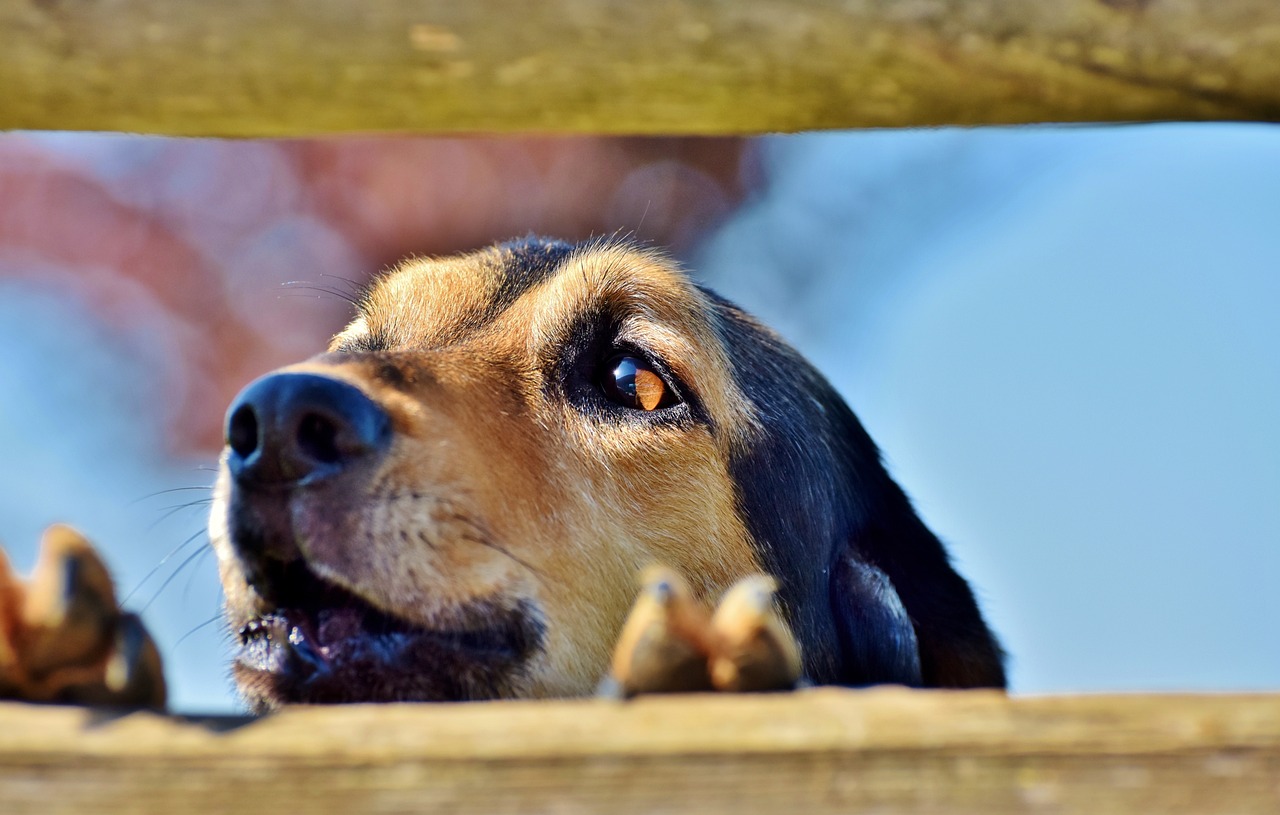Why Does My Dogs Hair Stand Up When Barking?
If you've ever noticed your dog's fur rising along their spine while they bark, you may have witnessed a fascinating canine behavior known as piloerection, commonly referred to as "raised hackles." This phenomenon is intriguing but can also be puzzling. Delving into the reasons behind it can provide insight into your dog's emotional state, aiding in appropriate responses.
The scientific rationale behind raised hackles
Piloerection, also known as "raised hackles hackles," is an involuntary reflex triggered by the sympathetic nervous system, which controls the body's "fight-or-flight" response. This reaction involves the contraction of tiny muscles at the base of each hair follicle, leading to the hair standing on end.
Enhanced appearance: Raised fur can give your dog a larger and more intimidating look, potentially deterring threats or asserting dominance.
Trapping Warm Air: A thicker fur layer can provide extra insulation, keeping your dog warm during heightened arousal.
It's Important to Note: Piloerection itself doesn't necessarily indicate aggression. Rather, it's a general sign of heightened emotional arousal, which can manifest in various ways depending on the context. Explore Stop My Dog from Barking All Day
Decoding the Bark with Body Language
To truly comprehend what your dog is communicating when their hair stands up, it's essential to observe their overall body language alongside the bark. Here's how to interpret some common scenarios:
Excitement: A playful bark accompanied by a wagging tail, floppy ears, and a bouncy posture often coincides with raised hackles during playtime.
Fear or Anxiety: A combination of raised fur, a tucked tail, flattened ears, and whimpering may indicate your dog feels threatened or scared.
Alertness: Standing tall with raised hackles, a focused gaze, and a stiff tail suggests your dog is alert and attentive to something in their environment. Learn more about Train Dogs To Stop Barking At Strangers
Dominance or Aggression: Growling, showing teeth, a lowered head with stiff body posture, and raised hackles can signal aggression. However, it's essential to proceed with caution, as some dogs might display raised hackles during play with a dominant style.
Remember: Context is key. Consider the situation and your dog's personality before interpreting their raised hackles.
When to Be Concerned
While raised hackles are a normal canine response, certain situations warrant concern:
Constant Piloerection: If your dog's hair is consistently raised, even in seemingly calm situations, it could indicate chronic stress or anxiety. Seek advice from your veterinarian to exclude any potential underlying medical conditions.
Aggression: If your dog displays raised hackles along with growling, showing teeth, and lunging, it's essential to seek assistance from a certified animal behaviorist. Read about My Dog Bark When I Stare At Him
FAQs
Q: Should I be worried if my dog's hair stands up when barking at another dog?
Not necessarily. It could be a playful interaction or a sign of dominance. However, if there are additional signs of aggression, it's best to separate the dogs and consult a trainer.
Q: Can I train my dog to not raise their hackles?
No, piloerection is an involuntary reflex. However, you can address the underlying emotional state causing it. If fear or anxiety is the culprit, work with a trainer to build your dog's confidence and address the source of their distress.
Q: What breeds are more prone to raised hackles?
All breeds can experience piloerection. However, some breeds with thicker fur, like German Shepherds or Huskies, might show it more noticeably. Find Make A Dog Stop Barking At Night
Conclusion
By understanding the reasons behind raised hackles and observing your dog's overall body language, you can become a better interpreter of their emotions and create a stronger bond with your furry friend.




Comments
Post a Comment